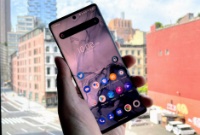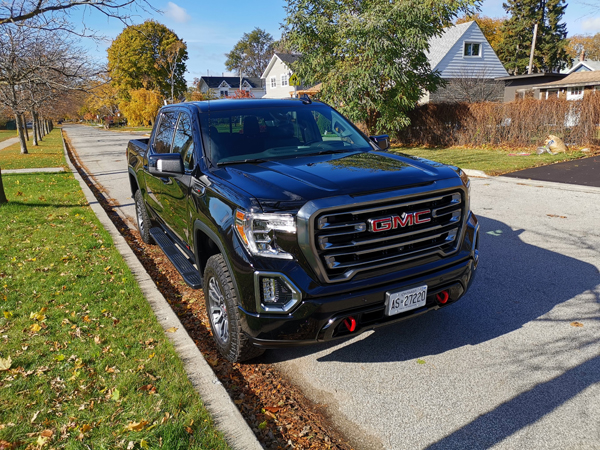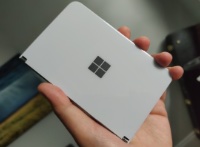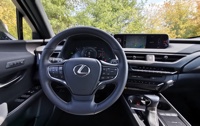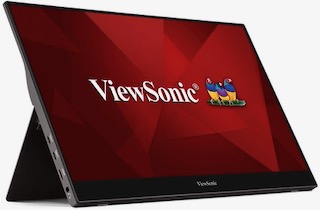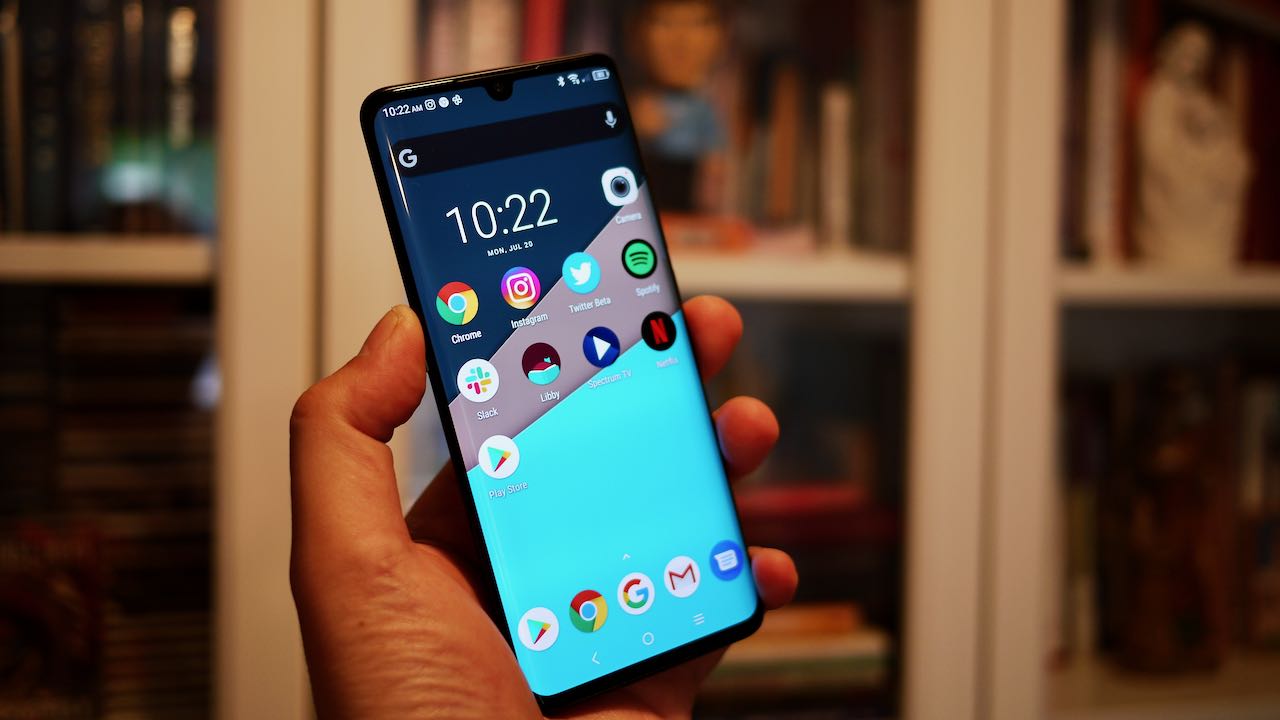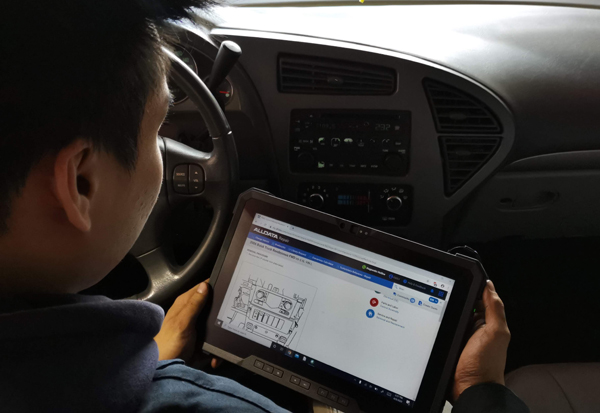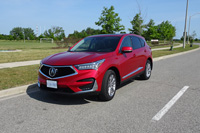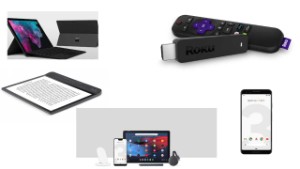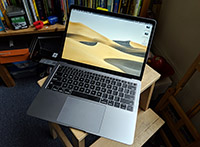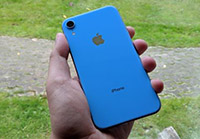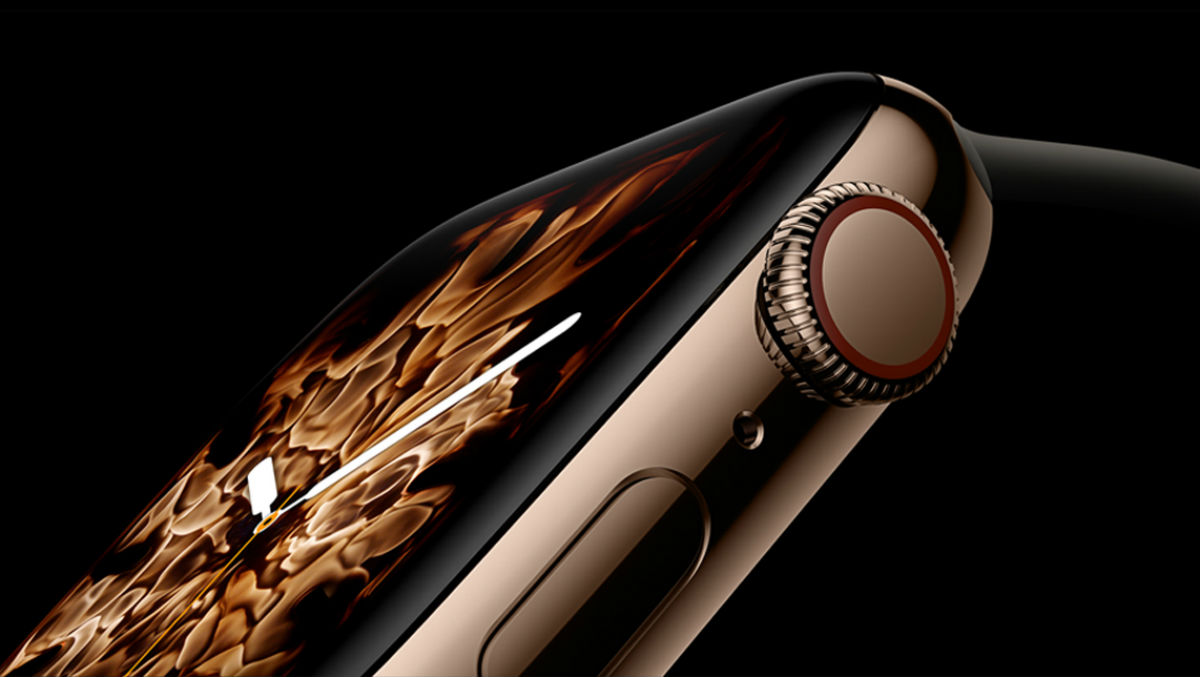Canadian Apple Watch Series 4 owners can now use the ECG app, get irregular heart rhythm notification
 Tuesday, July 23, 2019 at 9:02AM
Tuesday, July 23, 2019 at 9:02AM 
Here’s some great news for Apple Watch Series 4 owners. You can now use the ECG app and get irregular heart rhythm notifications as part of the free watchOS 5.3 update. Apple has received a Medical Device License from Health Canada for these two features. You can now take an electrocardiogram right from your wrist. This Apple Watch model can capture your heart’s rhythm in a moment when you experience symptoms like a rapid or skipped heartbeat. This in turn helps provide critical data for physicians. At the same time, the Apple Watch can now occasionally check heart rhythm in the background and send a notification if an irregular heart rhythm that appears to be atrial fibrillation is identified. watchOS 5.3 update is now available for download.






